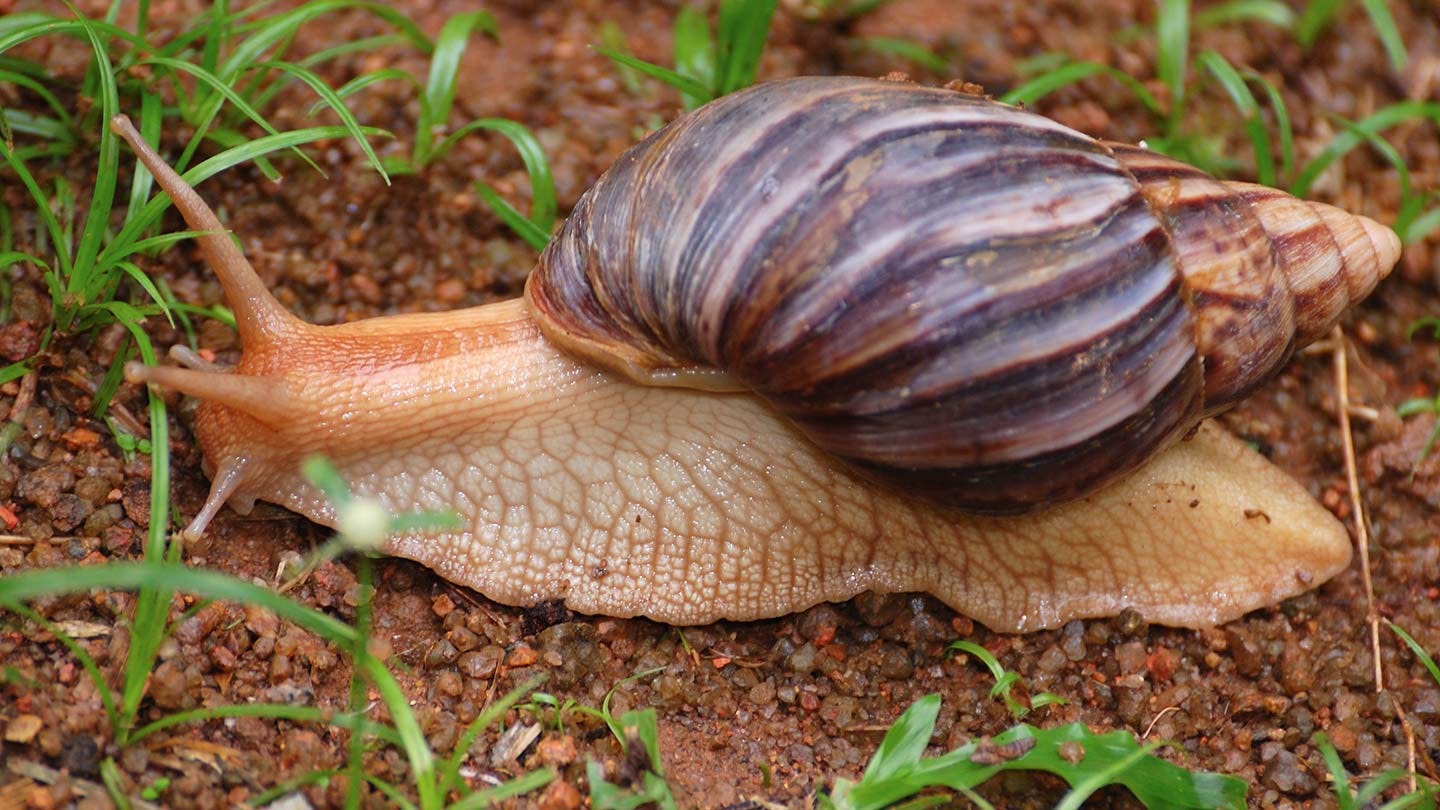Ancient humans were eating giant land snails as far back as 170,000 years ago
While these mollusks may be considered slimy and unsightly today, they were once a valuable source of food for our early ancestors
A team of researchers from the University of York and the University of Cape Town have found evidence that ancient humans cooked and ate giant land snails around 170,000 years ago. The evidence was found at Border Cave, a rock shelter in South Africa and published in Quaternary Science1.


